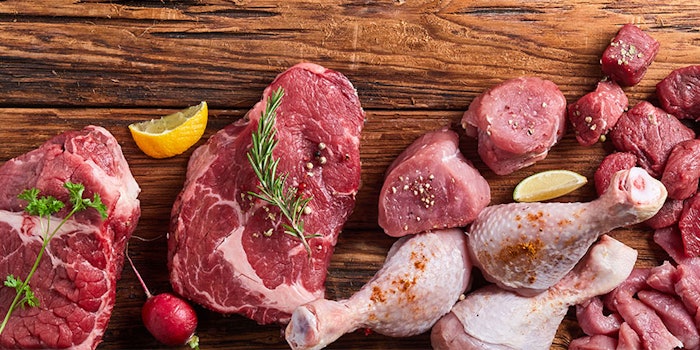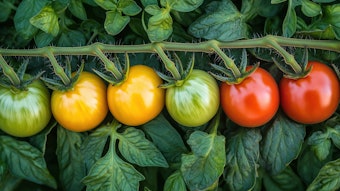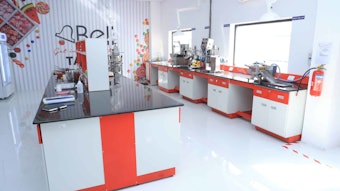
McMaster researchers, Ravi Selvaganapathy and Alireza Shahin-Shamsabadi, develop a new technique that makes meat by stacking thin sheets of cultivated muscle and fat cells.
Related: Symrise Aims to Solve Alternative Protein Challenges
The technique was adapted from a method used to grow tissue for human transplants. The process consists of growing the sheets of living cells in culture before being concentrated on growth plates. The sheets are then peeled off and stacked together to bond naturally.
The new form of cultivated meat promises more natural flavor and texture than other alternatives to traditional meat from animals. Each “slab” of cultivated meat replicates fat content and marbling.
Created with sustainability in mind, this technique could provide a more accessible way to address the meat-supply crisis as well as environmental stressors. The researchers have formed a start-up company to begin commercializing the technology.
There is also the possibility for the technology to be utilized to grow beef, pork and chicken in the future as well as large-scale production.










